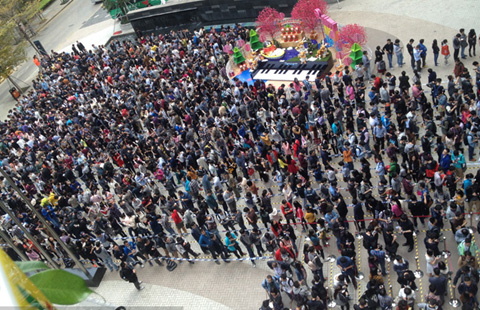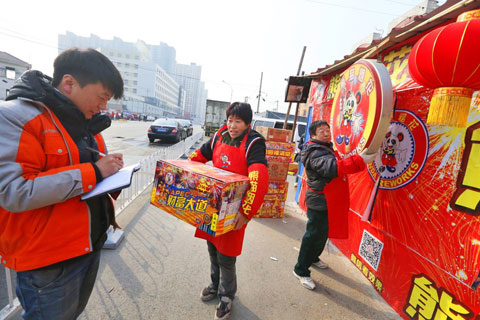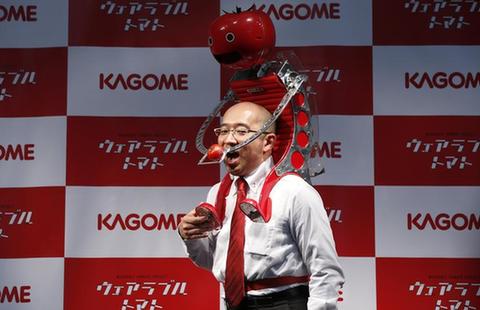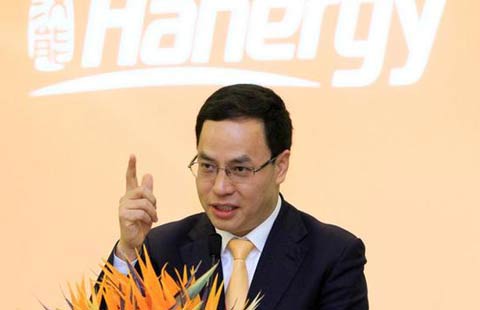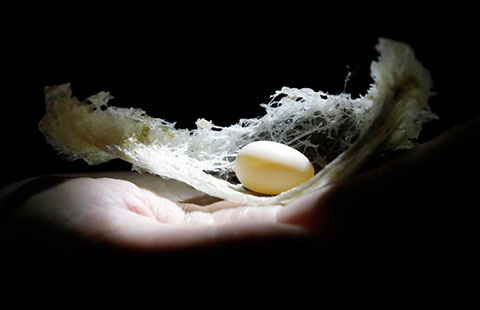China's mink farmers feel the chill as Russian market weakens
By Wang Zhuoqiong In Beijing And Zhao Ruixue In Weihai, Shandong. (China Daily) Updated: 2015-02-27 07:10"About one-fifth of farmers will be driven out of the market this year."
But he said that the sluggish market is a warning to the industry that it must further consolidate, given that small, individual farmers are still a majority of the industry. There is no national auction system for fur, and the sector mainly relies on 10 trading markets that connect farmers and manufacturing companies.
Shandong is viewed as a province that produces low- and medium-end fur products, so farming companies there are now scrambling to meet rising domestic demand for high-end fur products.
"The best mink is now sold to China. We should grab that market by raising the best breeds," said Lin Zijun, general manager of Weihai Shengtaiyuan Mink Industry Co Ltd.
China is currently the world's largest importer of fur. Demand is also strong in North America, Europe and Russia. There are also eager customers in developing markets such as Ukraine, Turkey and Kazakhstan.
The biggest exporter of fur is Europe, according to the International Fur Trade Federation.
The key to improving the quality of domestic fur is the introduction of foreign breeds. But the challenges lies in raising them, said Lin.
"Our farming facilities are world-class. The composition of feed and breeding procedures are the most difficult issues," said Lin.
He hired foreign breeding and farming experts to work at his farm in Shandong.
"It takes the same amount of time and energy, but the turnover is much higher than can be achieved from farming domestic mink," said Lin.
The company invested more than 30 million yuan to import 30,000 white mink in 2014, and their pelts are expected to go on sale starting from August. The profits are likely to be at least double those achieved by raising domestic breeds, he said.
Furs from domestic breeds are being sold at 180 yuan, but imported breeds can fetch 600 yuan, said Lin.
Wendeng Aogilleace Mink Industry Co Ltd imported 45,000 minks from Denmark between 2013 and 2014. The company produces 40,000 mink pelts each year, but the clothing operations of the company require 150,000 pelts annually, said Zhou Guangyu, manager at Aogilleace.
Lin said many of his peers in Shandong cut their production in half this year as they wait for the Eastern European market to pick up.
"The future of the market is in China," said Lin.
- China's local govt bond market to develop further in 2015: Moody's
- Li Ka-shing's firms report biggest profits ahead of merger
- Lenovo site hacked after adware blunder
- China's smaller cities 'new source' of growth in fur sales
- China's mink farmers feel the chill as Russian market weakens
- Guangdong to raise minimum wage by 19%
- Consumption becomes key driver of China's economy
- Top 10 best-selling SUVs in Chinese mainland in 2014
